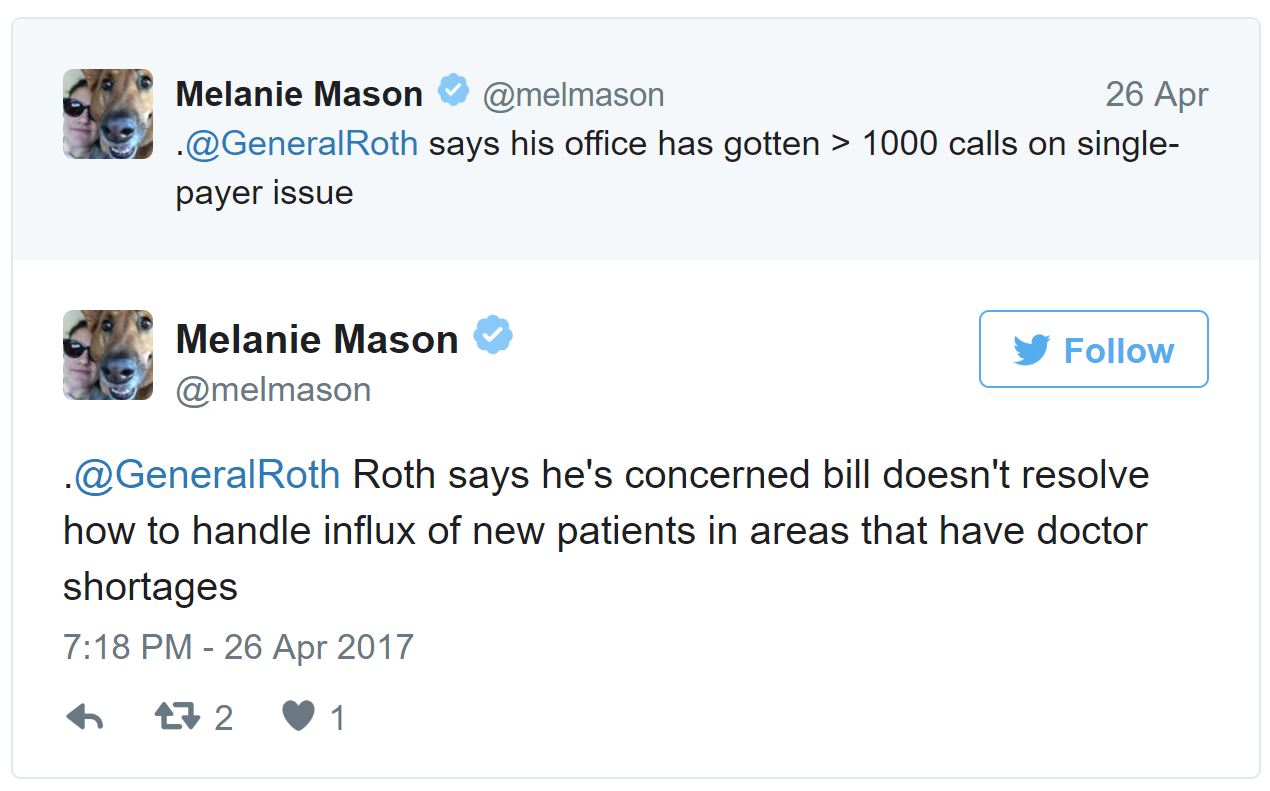http://stumblingandmumbling.typepad.com/stumbling_and_mumbling/2017/04/brexit-the-egocentric-framing-error.html
Chris Grey decries the stupidity of Brexiters:
So insular has the discussion in the UK been before and since the referendum that one might think that Brexit is simply a matter of the UK formulating its demands.
What's going on here is a specific example of a more general error. It's what David Navon has called egocentric framing – a tendency to see problems only from our own point of view rather than to put ourselves into others' shoes.
We've all been stuck in traffic on a motorway and changed lanes only to see a few minutes later than the lane we left is moving faster. The mistake we make in those cases is to forget that other drivers are trying to solve the same problem as us with the same evidence and so make the same choices – thereby adding to congestion.
Investors make the same mistake. One of the best-attested stock market anomalies is the tendency for newly-floated shares to fall (pdf) in the months after being issued. A big reason for this is that buyers don't put themselves into the seller's position. They see what looks like an attractive business but fail to ask: if this company is so good, why is the man who knows most about it willing to sell? Simply asking that question would save people money.
The same thing is true in games. When I play chess, I find that I do better if I put myself into my opponent's position, and ask: what moves is she planning? What weaknesses trouble her?
It's common for intelligent people to regard Brexit negotiations as an exercise in game theory. And they're right. But the essence of game theory is to think yourself into the position of the other party. That means doing the precise opposite of egocentric framing.
Doing so is doubly beneficial.
For one thing, it gives us insights into what the other party wants and what they are willing to trade. It leads to some of the principles set out by Fisher and Ury in Getting to Yes (pdf): separate the people from the problem; focus on interests not positions; and invent options for mutual gain.
For another, putting yourself into the other person's shoes will lead you to act like him, or at least give off cues that you're like him. This will lead to better results simply because people tend to be more generous to those who are like us in some way. Some researchers have found that waitresses who repeat customers' words earn bigger tips (pdf) than others. And other experiments have found that mimicking (pdf) the body language of your interlocutor can improve the outcome of negotiations. As the authors of that latter study say:
Mimicking can be a highly effective tool in negotiations. Negotiators often leave considerable value on the table, mainly because they feel reluctant to share information with their opponent due to their fears of exploitation. Yet building trust and sharing information greatly increases the probability that a win–win outcome will be reached…Our research suggests that mimicking is one way to facilitate building trust and consequently, information sharing in a negotiation. By creating trust in and soliciting information from their opponents, mimickers bake bigger pies at the bargaining table, and consequently take a larger share of that pie for themselves.
But Brexiters are doing the exact opposite of this. Little Englanderism, the assertion of our specialness and the imbecilic antics of Johnson all serve to create a distance between us and the EU, when we should be seeking to minimize that distance. As Chris says, "every screaming headline and every bellicose punch-drunk interview from a Brexiter politician damages us more."
And here, my patience runs out. Yes, government is a tricky business in which mistakes are inevitable. But we've a vast body of research which warns us of those mistakes, and which should equip us to at least avoid the obvious errors. The Tories, however, don't seem able to do even this. The idea that they are best able to negotiate Brexit is not obviously founded in evidence. There's more to negotiating than making strident demands.
-- via my feedly newsfeed

